Wattasid (1472–1554)
The Wattasid Dynasty A Period of Transition
The Wattasid Dynasty (1472–1554) emerged as Morocco’s rulers after the Marinids, navigating a time of political uncertainty. Though lacking strong military power, they maintained administrative structures and fostered trade. Their rule saw cultural continuity, but external pressures from Spain and Portugal weakened their reign. Eventually, the rise of the Saadian dynasty ended their rule, yet their contributions to governance and diplomacy remain part of Morocco’s historical fabric.
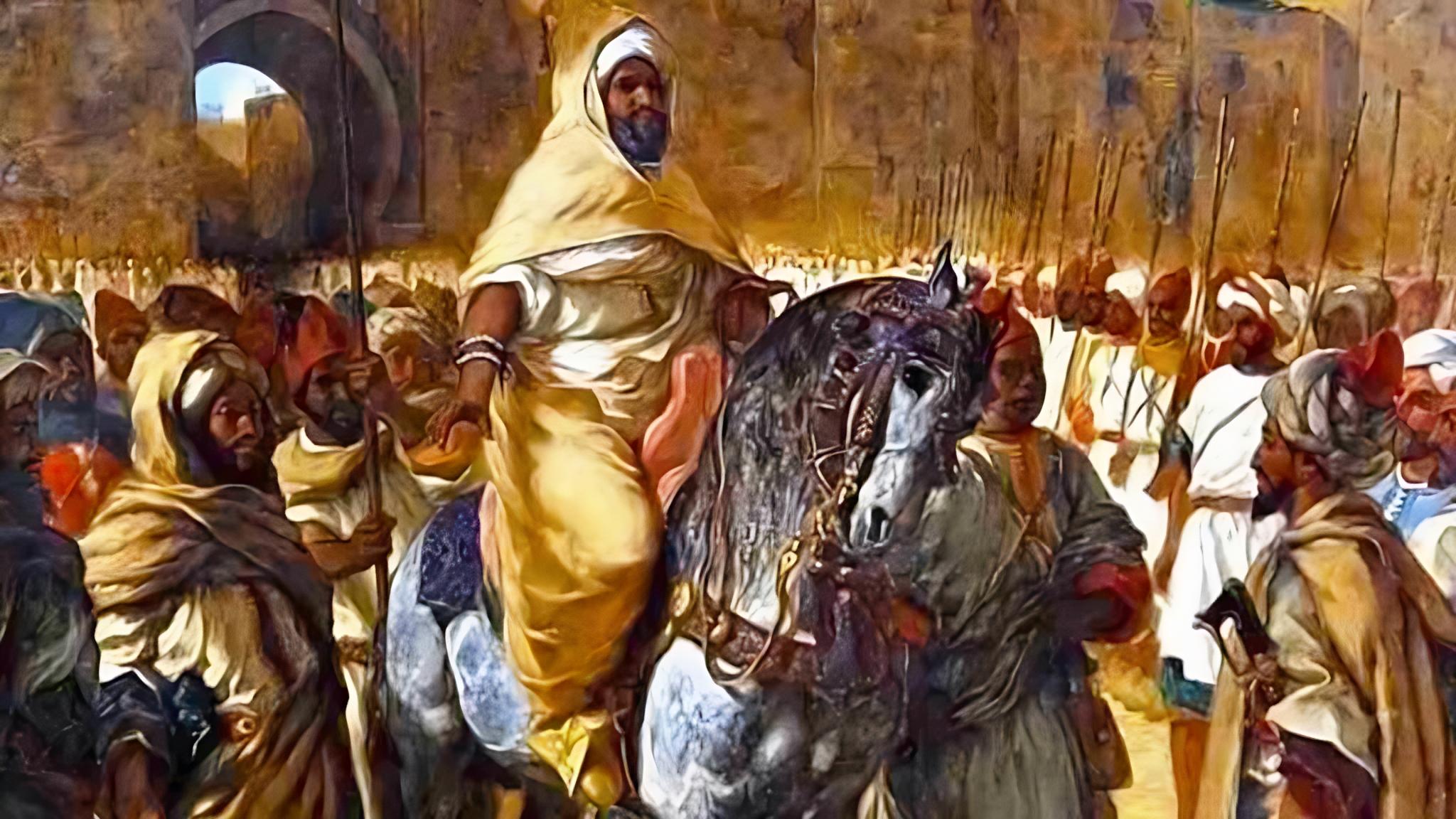
The Beginning of Wattasid Rule
Abu Abd Allah al-Sheikh Muhammad ibn Yahya
Abu Abd Allah al-Sheikh Muhammad ibn Yahya was the first ruler of the Wattasid Dynasty, taking power in 1472. He emerged as a leader after the fall of the Marinids, navigating a period of political change. His reign focused on stabilizing governance and maintaining trade, though external pressures from Spain and Portugal created challenges. Despite these difficulties, his rule marked the start of the Wattasid era, shaping Morocco’s leadership for decades to come.
The Last Wattasid Sultan
Abu al-Abbas Ahmad ibn Muhammad
Abu al-Abbas Ahmad ibn Muhammad was the final sultan of the Wattasid Dynasty, ruling until 1554. Facing growing threats from the Saadians and foreign powers, he struggled to maintain control. Despite his efforts to resist their advance, he was ultimately defeated, marking the end of Wattasid rule. His reign symbolized the last stand of a dynasty that had shaped Morocco’s leadership and diplomacy for decades.

Rulers of the Wattasid Dynasty Guiding a Changing Era
The Wattasid Dynasty led Morocco through a time of transition, facing both internal challenges and foreign pressures. From Abu Abd Allah al-Sheikh’s efforts to establish stability to Abu al-Abbas Ahmad’s final stand, each leader played a role in diplomacy, governance, and preserving Morocco’s independence in a rapidly changing world.

Abu Abd Allah al-Sheikh Muhammad ibn Yahya
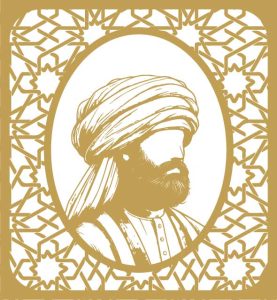
Abu Abd Allah al-Burtuqali Muhammad ibn Muhammad
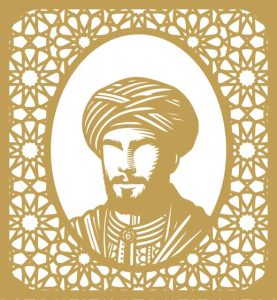
Abu al-Hasan Ali ibn Muhammad
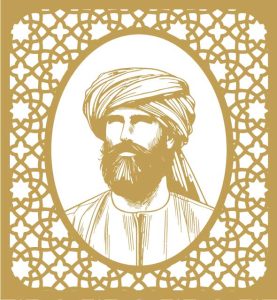
Abu al-Abbas Ahmad ibn Muhammad

Nasir ad-Din al-Qasri Muhammad ibn Ahmad
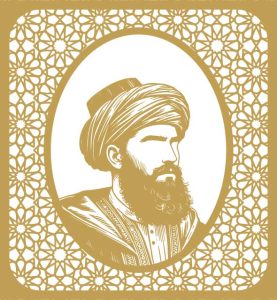
Abu al-Abbas Ahmad ibn Muhammad (restored)


